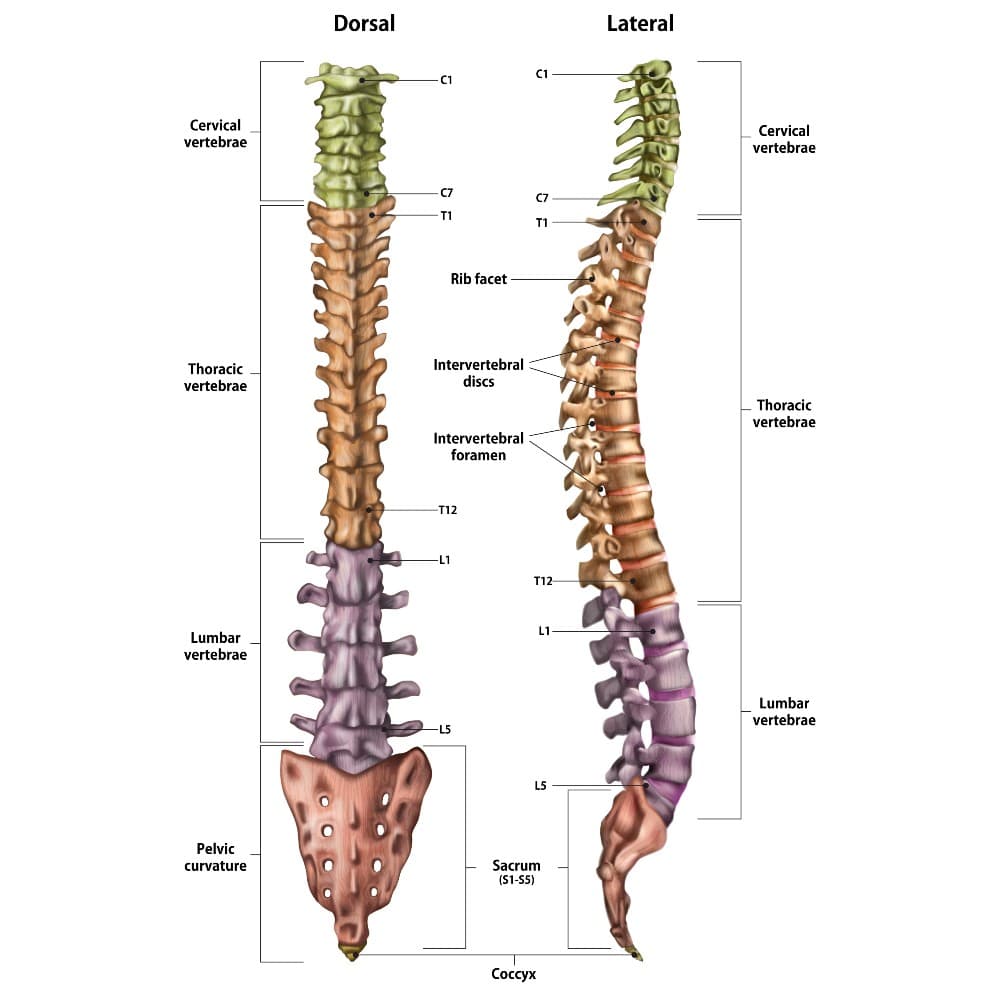Your body’s perfect performance of physical activities relies on its skeletal structure. However, your vertebral column or spinal cord is essentially the most important since it carries and protects vital sensory nerves. Additionally, it is your body’s support system. An injury or disorder on your spine can significantly hinder your mobility.
Some spinal disorders are complex and can be particularly challenging to treat. The reason is that some of these disorders may have long-standing causes and can require several treatment processes. In addition, it can take various medical specialists to ensure a complete recovery from some spinal disorders. For instance, neurosurgeons, orthopedic surgeons, and physiotherapists attend to you, depending on your condition. You may also need to see pain physicians.
Nevertheless, when you experience back pain or discomfort, it’s vital to visit your nearest spine specialists, such as Dickinson Neurological Surgery, and have your condition diagnosed better. Some complex spinal disorders can cause prolonged back pain, thus limiting the complete functioning of your body.
Table of Contents
Causes Of Spinal Disorders
Each spinal disorder can have its unique causative. However, the result of these causatives is limited mobility and pain, among other symptoms. Below are some causes of complex spinal disorders.
- Minor And Traumatic Injuries: Accidents and falls can cause trauma to your spine. This can develop into severe spinal conditions if not attended to on time.
- Wear And Tear Due To Age: Medical professionals might commonly call this degenerative wear and tear. This is an age-related causative. Thus, it might be more prevalent in old age. In some cases, it might be degenerative arthritis.
- Infections: The presence of pathogens that attack the spinal cord can cause spinal disorders. Bacteria, viruses, and fungi are common infections.
- Inherited Spinal Disorders: You can inherit some spinal conditions due to your genetic compositions.
- Inflammations: Injuries can cause tissue inflammations in and around your spine. This can affect vital spinal functions, cause trauma to your spinal cord, or damage nerve endings.
Other causes include congenital disorders like Spina Bifida. After birth, this can develop into various spinal deformities.
Common Complex Spinal Disorders

1. Spinal Instability
Spinal instability is a disorder that affects one or two stabilizing systems of the spine. These stabilizing systems are the muscle, neural control, and osteoligamentous subsystems.
These subsystems are responsible for muscle movement around the spine, spinal motion, and the spinal column and ligaments. Through interaction, these subsystems provide spine stability. However, if there’s damage to one of them, the remaining two over-compensate, resulting in back pains.
Spinal instability can also cause an unstable spine and limit mobility. In addition, it can result in muscle spasms.
2. Spinal Stenosis
Spinal stenosis is a disorder that mainly affects the lower and upper back areas. It’s a result of your spinal canal narrowing. This narrowing, stenosis, can exert pressure on the nerves running through it. When it affects your lower back, you might have to lean forward more often to relieve stress on your back.
Additionally, spinal stenosis in your lower back can cause numbness in your legs. The legs can sometimes be painful too. In severe cases, spinal stenosis can cause a lack of bladder and bowel movement control.
3. Spinal Deformities
Various spinal deformities result from abnormal spine conditions that stress the vertebral column. Some of the most common spine deformities include scoliosis, kyphosis, and lordosis. In adults, degenerative scoliosis is common and is a side-to-side condition. On the other hand, kyphosis makes the upper back curve forward, creating a hump. Lordosis is a lower back condition that causes the hips to appear pushed forward.
4. Spinal Cord Tumors
Spinal cord tumors can be either primary or secondary. Whereas primary spinal tumors develop in the spinal cord, secondary ones develop elsewhere and spread to the spine. A secondary spinal cord tumor can usually be cancerous. However, primary spinal cord tumors are generally benign.
No matter the type of tumor, immediate treatment of this disorder is vital. Spinal cord tumors can affect normal neurological functions. In addition, the tumors can also press on the spinal cord, thus causing trauma.
5. Spinal Infections
Sometimes pathogens can get into your spinal cord. These pathogens can be viral, bacterial, or fungal. They can enter your spine through the bloodstream from other infected body parts. In addition, spinal infections can also occur after surgery.
There are various types of spinal infections. Each depends on the causative agent, for instance, a spinal subdural empyema. This disorder often results from an infection in another part of your body. This spinal infection can cause limb pains and fever.
Meningitis is a spinal infection that causes swelling of tissues around the spine. Although it’s usually a viral infection, meningitis can also be bacterial or fungal. Other conditions can also cause meningitis. This spinal infection results in high fever, stiff neck, and headache and can be life-threatening.
One of the most common spinal infections is vertebral osteomyelitis. It can be a post-spinal surgery infection or a result of bacterial infection on surrounding tissue.
You may feel pain in your legs and arms and develop muscle spasms. In addition, you may also experience fever and weight loss. Other spinal infections include discitis, spinal cord abscess, and spinal epidural abscess.
Treatment Options For Complex Spinal Disorders
Method and length of treatment of complex spinal disorders can vary depending on the cause and part of the back affected.
- Medications: This treatment method includes pain-relievers and anti-inflammatory drugs. You can also get prescriptions for muscle relaxers.
- Injections: Administered into the spine for pain.
- Back-Bracing And Body Casting: Your spine specialist can use braces to lessen the severity of spine deformities. This is usually ideal for young adults and children. Body casting is for kids under anesthesia or if a deformity is likely to worsen during their growth.
- Physiotherapy: This can be lengthy rehabilitation therapy sessions to help strengthen your back muscles and stretch your back.
- Surgery: If necessary, you may undergo surgery to help repair nerves and correct damaged subsystems. Neurosurgeons can also perform surgery to replace discs, open up the spinal canal, or connect vertebrae.
It’s essential to note that the presence of tumors can necessitate radiosurgery and chemotherapy to remove them. Some disorders can also incorporate heat or ice therapy to accelerate healing.
Conclusion
Complex spinal disorders can cause extreme discomfort and pain. Some, like infections, can be fatal if not treated on time. Therefore, paying attention to any pain in your back is essential. Additionally, it would be best if you didn’t overlook knocks on the back, however minor. It’s better to seek advice from a spinal specialist near you.




